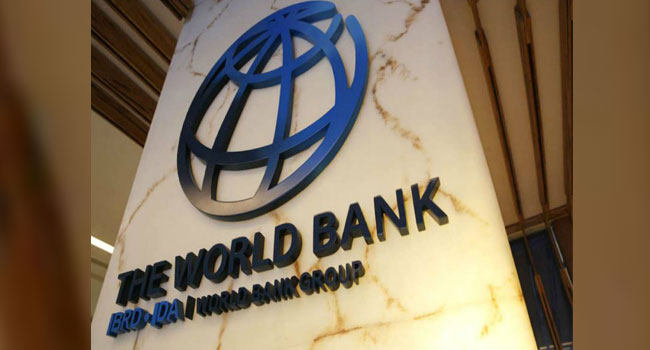895
Daniel Adaji
Nigeria’s mounting debt to the World Bank has emerged as the largest contributor to the country’s total external borrowings in 2024, hitting $17.81bn — a record-high that represents nearly 40 per cent of the country’s external debt profile, according to newly released data.
Figures from the Debt Management Office (DMO) show that Nigeria’s total external debt stood at $45.78bn by December 2024, with World Bank loans — including commitments from the International Development Association (IDA) and the International Bank for Reconstruction and Development (IBRD) — accounting for 38.9 per cent of the total. This marks a rise from 36.4 per cent in 2023.
The surge was driven by a 15.3 per cent increase in Nigeria’s debt to the World Bank, up from $15.45bn in 2023. A total of $2.36bn was disbursed during the year, making 2024 the strongest year of borrowing from the institution in recent times.
The spike in borrowing was largely due to six major loans approved by the World Bank in 2024, valued at $4.25bn collectively.
These loans target critical areas such as economic reforms, healthcare, rural infrastructure, and public sector governance. While the full amount is yet to be disbursed, the $2.36bn received has already reshaped Nigeria’s debt composition.
The largest among them is the $1.5bn Nigeria Reforms for Economic Stabilization to Enable Transformation (RESET) Development Policy Financing (DPF), approved in June 2024.
The facility aims to bolster macroeconomic reforms, widen fiscal space, and protect vulnerable populations.
Also approved on the same day was the $750m Accelerating Resource Mobilization Reforms Program-for-Results (PforR), designed to enhance non-oil revenue generation and secure critical oil and gas income streams. Both programs are managed by the Federal Ministry of Finance.
Other $500m loans approved during the year include the Rural Access and Agricultural Marketing Project – Scale Up, approved in December; the Primary Healthcare Provision Strengthening Program and the HOPE Governance Project, both approved in September to improve education and health resource management; and the Sustainable Power and Irrigation for Nigeria Project, focusing on dam safety and water resource management for energy and agriculture.
Within the multilateral debt category, the World Bank’s dominance grew even more pronounced. By year-end, it accounted for 79.8 per cent of Nigeria’s total multilateral debt, which reached $22.32bn.
A breakdown from the DMO revealed that loans from the IDA rose from $14.96bn in 2023 to $16.56bn in 2024. Simultaneously, IBRD exposure more than doubled, rising from $485.54mn to $1.24bn.



